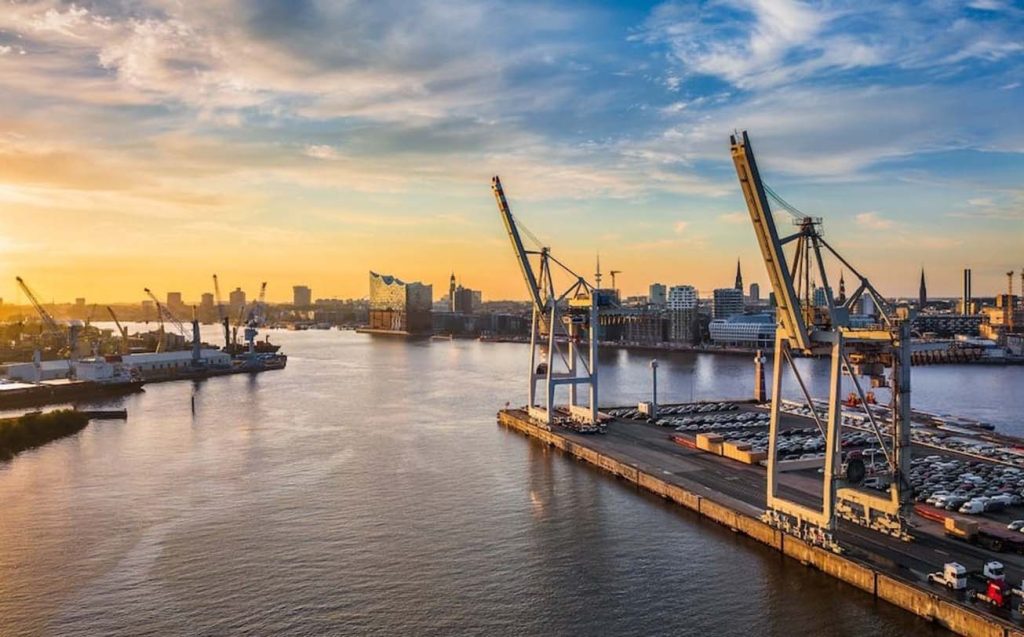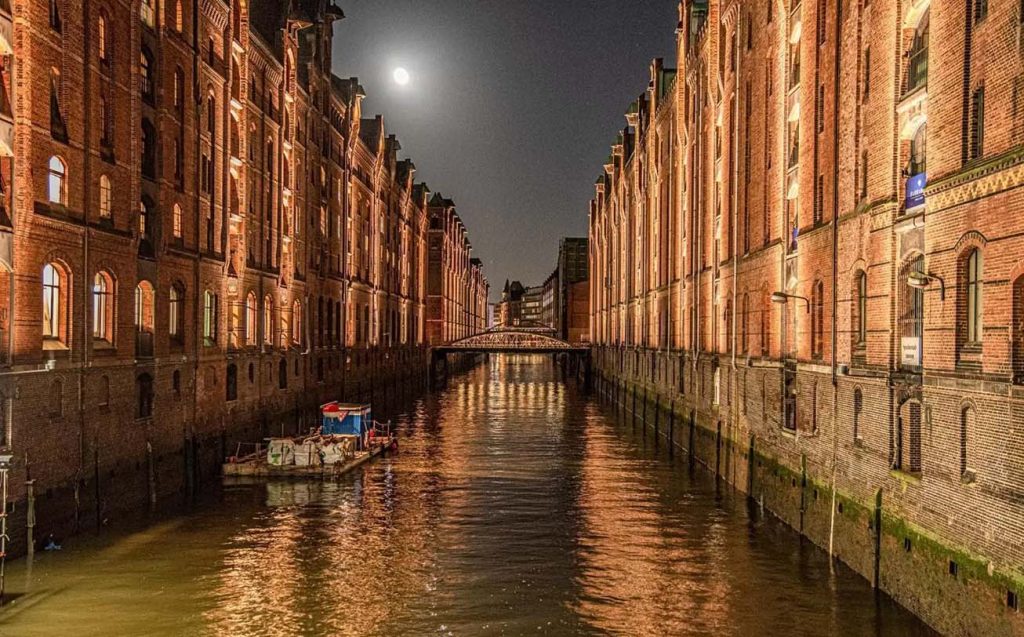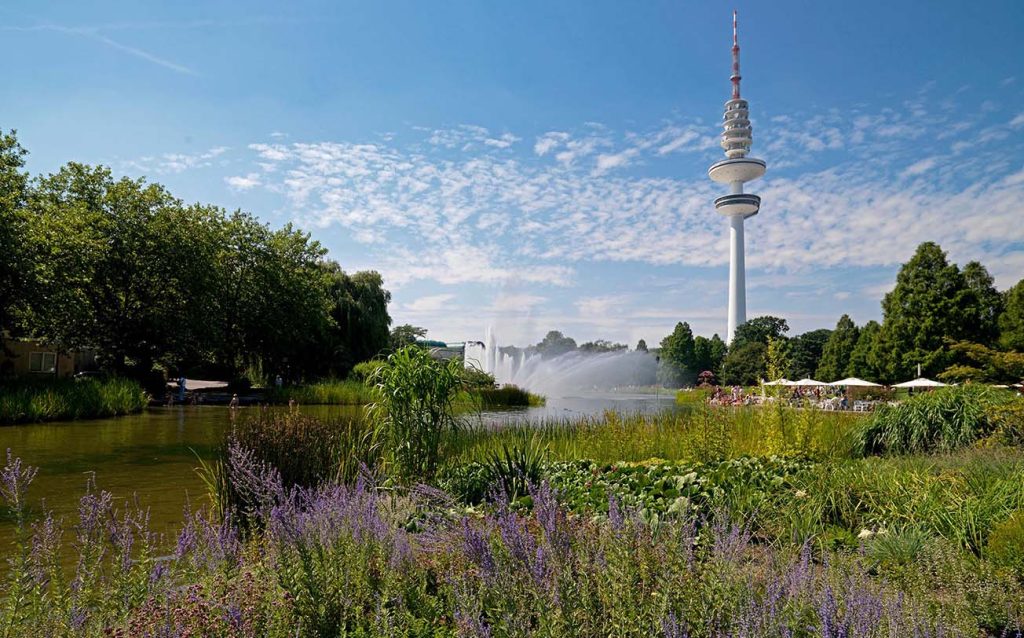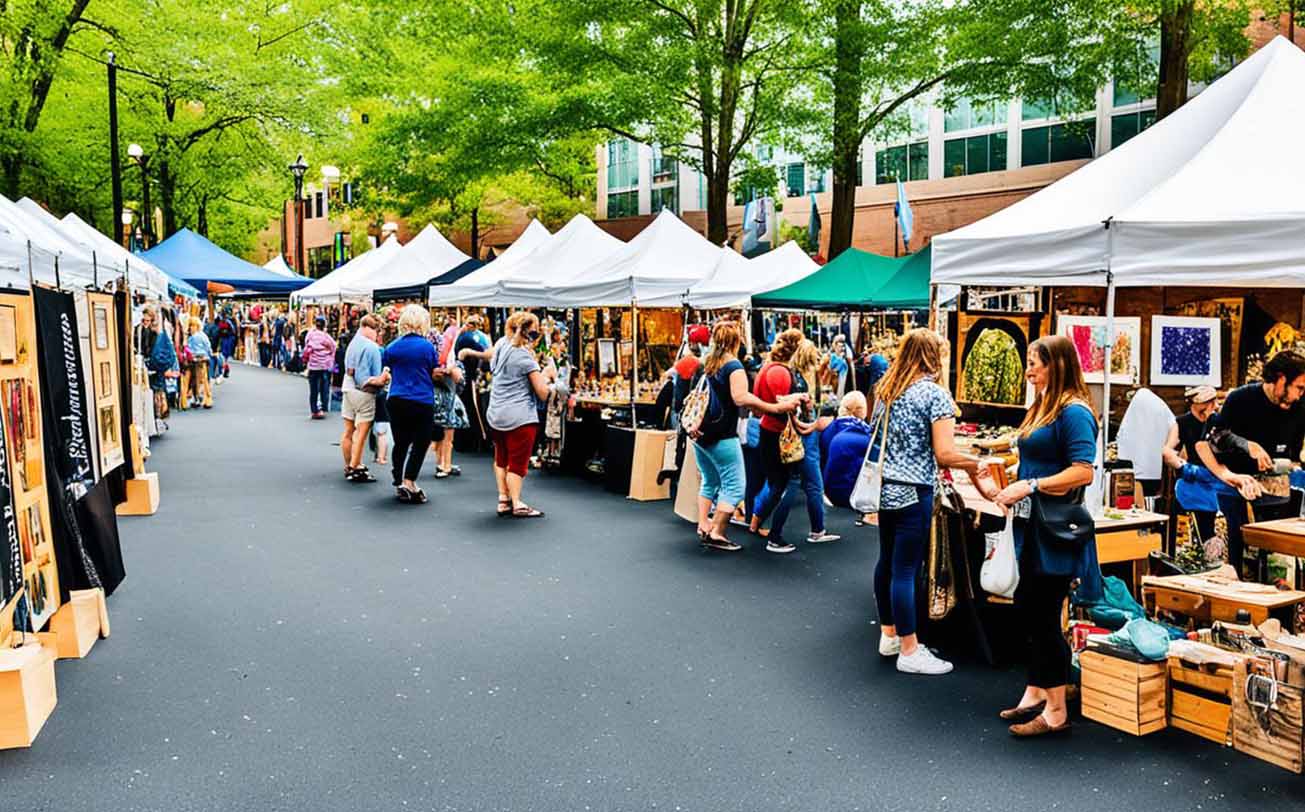When you think of Hamburg, the first image that often comes to mind is its iconic harbor—an immense, bustling port that has shaped the city’s history, culture, and economic life for centuries. But Hamburg is so much more than just a port city. From its grand architectural landmarks and cobbled streets to its lush green spaces and vibrant neighborhoods, Hamburg is a place where history blends seamlessly with modernity, offering a wealth of experiences for any traveler. I recently had the chance to explore this dynamic city, and I’d like to take you on a journey through some of its most iconic landmarks and hidden gems that made my visit unforgettable.
1. The Hamburg Harbor: A City Built on Water
A trip to Hamburg wouldn’t be complete without experiencing its legendary harbor, one of the busiest ports in Europe. The Port of Hamburg, often called “Germany’s Gateway to the World,” plays a central role in the city’s economy and culture. I made it my first stop when I arrived, and I couldn’t have picked a better introduction to the city.

The harbor itself is divided into several areas, each with its own charm and history. The Landungsbrücken, or Landing Bridges, are perhaps the most famous. This bustling transportation hub on the waterfront offers a fantastic view of the harbor and the ships coming in and out. As I stood there, watching massive container ships and historic vessels pass by, I could feel the pulse of the city. The air was thick with the scent of saltwater and the hum of city life.
To truly get a feel for the harbor, I hopped on a Harbor Boat Tour. These guided boat tours are an excellent way to explore Hamburg from the water, and they provide a wealth of historical context along the way. Our guide shared fascinating stories about the harbor’s transformation, from its medieval origins to its role in the global shipping industry today. The view of the city skyline from the water is stunning, with towering cranes, modern architecture, and the impressive Elbphilharmonie concert hall standing out against the horizon. I also passed by the Schlepper Basin, where the tugboats are docked, offering a glimpse into the daily operations of the port.
2. Elbphilharmonie: A Modern Architectural Marvel
After the boat tour, I made my way to the Elbphilharmonie, an architectural masterpiece that’s become one of Hamburg’s most recognizable landmarks. The building, designed by Swiss architects Herzog & de Meuron, sits atop the historic Kaispeicher A, a former warehouse building, and rises dramatically with a wavy glass facade that resembles the crest of a wave. From a distance, it almost looks like it’s been lifted off the ground, suspended in the air like a giant glass ship’s bow.
To experience the Elbphilharmonie up close, I took the Elbphilharmonie Plaza elevator, which whisks you up to the 37th floor for breathtaking views of the city and the harbor. The panorama from the plaza is jaw-dropping—spanning across the river, the harbor, and the city itself. On a clear day, you can see for miles, and it offers a perfect view of Hamburg’s diverse architecture, with its mix of old warehouses, modern glass buildings, and green spaces.
The Grand Hall inside is the true gem of the Elbphilharmonie. The acoustics here are world-renowned, and although I didn’t get to attend a concert during my visit, I could sense the grandeur of the space from the outside. If you’re lucky enough to score tickets to one of the performances, you’re in for an unforgettable experience.
3. Speicherstadt: The Historic Warehouse District
After soaking in the modern architecture, I decided to dive deeper into Hamburg’s history by exploring Speicherstadt, the world’s largest warehouse district and a UNESCO World Heritage site. This area, which dates back to the late 19th century, is a maze of brick warehouses built on stilts, all connected by a network of canals and narrow alleyways. The atmosphere here is enchanting, with red-brick buildings, arched bridges, and the sound of water lapping against the docks.

As I walked along the canals, I marveled at the picturesque scenery. The warehouses were originally built to store goods like coffee, tea, and spices that were brought in from the harbor. Today, many of these buildings house museums, restaurants, and shops. I stopped by the Miniatur Wunderland, one of the most popular attractions in Speicherstadt. This model railway exhibit is the largest of its kind in the world, featuring intricately detailed miniature landscapes, including a model of Hamburg itself.
Another highlight in Speicherstadt is the International Maritime Museum, located in a former warehouse building. This museum is a treasure trove of maritime history, with exhibits on naval exploration, shipping, and the lives of seafarers. The exhibits were captivating, and I spent hours exploring the different floors. The museum’s location right on the water only added to the experience, as I could look out over the harbor and imagine the ships that had docked here over the centuries.
4. St. Michael’s Church: A Symbol of Hamburg’s Resilience
No visit to Hamburg is complete without a stop at St. Michael’s Church (St. Michaelis Kirche), one of the city’s most famous landmarks. This baroque-style church, with its towering spire that reaches 132 meters high, has become an enduring symbol of Hamburg’s resilience, especially after it survived the great fire of 1750 and the bombings of World War II.
I climbed the 452 steps up to the top of the tower for a panoramic view of the city—an effort well worth the exertion! From the top, I could see the entire city spread out before me, including the harbor, the bustling city center, and the green spaces that dot the landscape. Inside the church, the atmosphere was serene and reflective, with intricate woodwork, marble columns, and beautiful stained-glass windows. The church’s bells, which chime on the hour, add to the church’s charm.
St. Michael’s also holds a fascinating museum in its crypt, where visitors can learn about the church’s history, as well as the city’s role in global trade and the challenges it faced throughout the centuries.
5. Planten un Blomen: A Green Oasis in the Heart of Hamburg
After spending time in the bustling harbor and historic districts, I was eager for some tranquility, and Planten un Blomen provided just that. This expansive public park is located in the city center and is one of Hamburg’s most beautiful green spaces. The park is home to a wide variety of plants, flowers, and trees, as well as tranquil ponds and meandering pathways.

I spent several hours wandering through the park, enjoying the lush gardens and peaceful atmosphere. The Japanese Garden, with its koi-filled ponds and carefully pruned trees, was particularly serene. The park is also home to a lovely rose garden, a tropical greenhouse, and several small playgrounds—making it a great spot for families, couples, and solo travelers alike.
Another highlight of Planten un Blomen is the Water Light Concert that takes place during the summer months. It’s an enchanting show where the park’s fountains come alive to music, creating a dazzling display of water, light, and sound. Even though I didn’t catch the show during my visit, I could see why it’s such a beloved event among locals and tourists.
6. The Reeperbahn: Hamburg’s Famous Nightlife District
As the sun began to set, I made my way to St. Pauli, Hamburg’s lively entertainment district, which is most famously known for its Reeperbahn—the city’s red-light district. But beyond its reputation for nightlife, the Reeperbahn is also home to a vibrant array of bars, clubs, restaurants, and theaters, making it a hotspot for anyone looking to experience Hamburg’s famous nightlife.
Walking down the Reeperbahn at night, I was struck by the energy of the place. Neon lights flickered, music spilled out of the clubs, and people from all walks of life were enjoying the evening. For a more relaxed vibe, I wandered into the Schmidt Theater, a historic venue that hosts comedy, musicals, and cabaret shows. Hamburg’s nightlife scene is dynamic and diverse, offering something for every taste and interest.
7. Hamburg’s Many Faces
Hamburg is a city that constantly surprised me, revealing new layers and experiences around every corner. Whether I was gazing out at the bustling harbor, admiring the elegant architecture of the Elbphilharmonie, or enjoying a peaceful stroll through one of the city’s many parks, Hamburg had a way of blending old and new, nature and industry, relaxation and excitement, all in one unforgettable package.
From its iconic landmarks to its hidden gems, Hamburg is a city that invites you to explore its many faces. It’s a place where history comes alive, modernity thrives, and visitors can find something special around every turn. Whether you’re a first-time visitor or a seasoned traveler, Hamburg is sure to leave a lasting impression.


